Home>Home Appliances>Cleaning Appliances>What Does A Mop Look Like
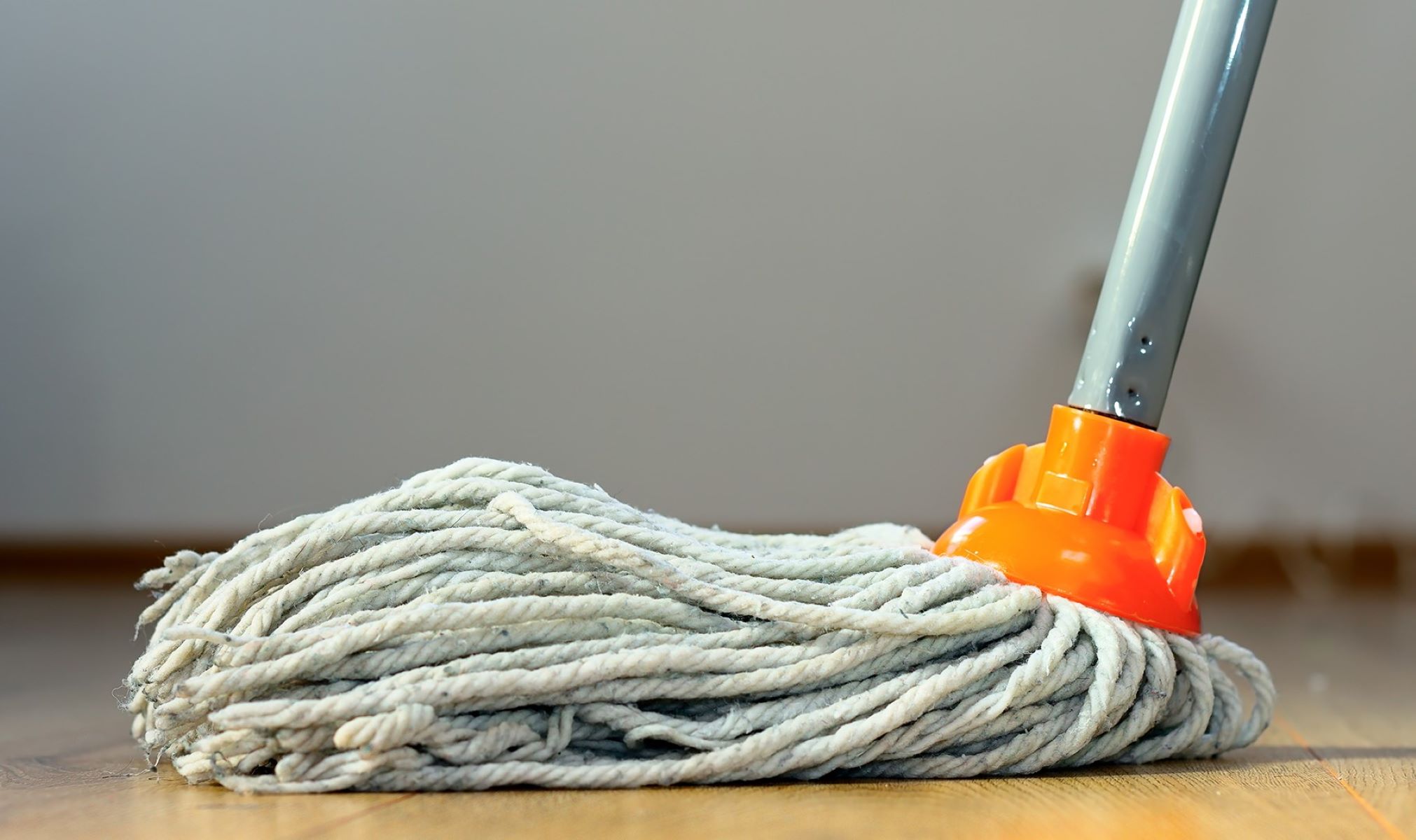

Cleaning Appliances
What Does A Mop Look Like
Modified: March 25, 2024
Discover the ideal mop for your cleaning needs. Explore a variety of cleaning appliances and find the perfect mop for your home.
(Many of the links in this article redirect to a specific reviewed product. Your purchase of these products through affiliate links helps to generate commission for Storables.com, at no extra cost. Learn more)
Introduction
When it comes to keeping our homes clean, mops play an essential role in maintaining a sparkling and germ-free environment. Whether it’s tackling everyday spills, giving the floors a deep clean, or simply freshening up the surfaces, a trusty mop is a household staple. In this comprehensive guide, we’ll delve into the world of mops, exploring their physical characteristics, the various types available, the materials used in their construction, and the key features that make them effective cleaning tools. By the end of this journey, you’ll have a newfound appreciation for the humble mop and a deeper understanding of its role in maintaining a pristine living space.
Key Takeaways:
- Mops come in various types, from traditional string mops to innovative steam mops, each designed for specific cleaning tasks and surfaces. Understanding the different types helps in choosing the right mop for the job.
- The materials, features, and components of mops contribute to their usability, efficiency, and cleaning capabilities. By considering these factors, individuals can make informed decisions when selecting the most suitable cleaning tool for their homes or businesses.
Read more: What Does A Gable Look Like?
Physical Description of a Mop
A mop is a cleaning tool designed to effectively remove dirt, dust, and stains from various types of flooring surfaces. It typically consists of a long handle and a cleaning head. The handle, which can vary in length, is often made of durable materials such as metal or sturdy plastic, providing a comfortable grip for the user. At the opposite end of the handle is the cleaning head, which is available in different shapes and sizes to accommodate various cleaning needs.
The cleaning head of a mop is where the magic happens. It is typically composed of highly absorbent materials that can efficiently soak up liquid and capture debris. Traditional mops feature a cotton or synthetic yarn head, which is known for its excellent absorbency and ability to trap dirt and grime. Meanwhile, modern mops may utilize microfiber pads, which are highly effective at capturing and retaining dust particles and liquid spills, making them ideal for both dry and wet mopping.
Furthermore, the cleaning head may be equipped with additional features to enhance its cleaning capabilities. Some mops have built-in scrubbing pads or bristles, allowing for targeted cleaning of tough stains and dried-on messes. Additionally, the cleaning head may be designed to swivel or pivot, enabling it to maneuver into tight spaces and around obstacles with ease.
Overall, the physical design of a mop is geared towards providing users with a versatile and efficient tool for maintaining clean and hygienic floors. Whether it’s a classic string mop or a cutting-edge microfiber mop, the physical attributes of these cleaning implements are tailored to deliver exceptional cleaning performance.
Types of Mops
When it comes to mopping, there is no one-size-fits-all solution. Different cleaning tasks call for different types of mops, each uniquely suited to specific surfaces and cleaning requirements. Here are some of the most common types of mops found in households and commercial settings:
- Traditional String Mops: These mops feature a long handle and a head composed of cotton or synthetic yarn strands. They are well-suited for general mopping tasks and are effective at absorbing liquids and picking up dirt and debris.
- Sponge Mops: Sponge mops are equipped with a sponge-like head that is highly absorbent and ideal for cleaning smooth, hard surfaces such as tile, laminate, and hardwood floors. They excel at quickly soaking up spills and leaving floors dry.
- Flat Mops: Also known as microfiber mops, flat mops feature a rectangular cleaning head with a flat surface. They are designed for wet or dry mopping and are particularly effective at capturing dust and dirt on hard floors.
- Steam Mops: These innovative mops utilize the power of steam to sanitize and clean floors, eliminating bacteria and germs without the need for harsh chemicals. They are ideal for households with pets or children, providing a chemical-free cleaning solution.
- Spin Mops: Spin mops feature a rotating mechanism in the cleaning head, allowing for effortless wringing and moisture control. They are convenient for users who prefer hands-free wringing and adjustable levels of dampness while mopping.
- Dust Mops: Also known as dry mops, these mops are designed for capturing and removing dust and debris from floors. They typically feature a flat, rectangular head with removable and washable microfiber pads for efficient dusting.
Each type of mop offers unique benefits and is tailored to specific cleaning needs. By choosing the right mop for the task at hand, users can achieve optimal cleaning results while preserving the quality and appearance of their floors.
A mop typically consists of a long handle with a sponge, cloth, or stringy material attached to the end. The material is used to absorb and clean up liquid spills and messes from floors.
Common Materials Used in Mops
Mops are crafted from a variety of materials, each chosen for its specific cleaning properties, durability, and environmental impact. Understanding the materials used in mops can help consumers make informed decisions when selecting the most suitable cleaning tool for their needs. Here are some of the common materials found in mop construction:
- Cotton: Cotton has been a staple material in traditional string mops for decades. Its natural absorbency and durability make it an excellent choice for effectively soaking up spills and cleaning various floor surfaces. Cotton yarn is also known for its ability to withstand frequent washing and reuse, making it a sustainable option.
- Synthetic Yarn: In recent years, synthetic yarns such as polyester and nylon have gained popularity in mop manufacturing. These materials offer enhanced strength and resistance to abrasion, resulting in long-lasting cleaning heads that can withstand rigorous use. Synthetic yarn mops are also quick-drying and less prone to mildew and odors compared to their natural fiber counterparts.
- Microfiber: Microfiber has revolutionized the world of mopping with its exceptional cleaning capabilities. Composed of ultra-fine synthetic fibers, microfiber mop pads are highly effective at trapping dirt, dust, and liquid, providing superior cleaning performance. Microfiber is also renowned for its ability to reduce water usage and chemical dependency, making it an eco-friendly choice for sustainable cleaning practices.
- Sponge: Sponge mops utilize absorbent sponge materials, such as cellulose or PVA (polyvinyl alcohol), to soak up liquids and clean smooth surfaces. These materials offer quick absorption and efficient wringing, making sponge mops ideal for spill cleanup and regular floor maintenance.
- Plastic and Metal: Mop handles and components are often constructed from durable plastics or metals to provide sturdy support and longevity. These materials are chosen for their ability to withstand repetitive use and provide a comfortable grip for users during mopping tasks.
By considering the materials used in mop construction, individuals can select a cleaning tool that aligns with their performance expectations, sustainability preferences, and budgetary considerations. Whether it’s the natural absorbency of cotton, the advanced cleaning power of microfiber, or the quick-drying properties of synthetic yarn, the choice of materials in mops reflects a diverse range of cleaning solutions for today’s households and businesses.
Features and Components of a Mop
From the handle to the cleaning head, mops are equipped with a range of features and components designed to streamline the cleaning process and enhance their overall performance. Understanding these elements can help users make the most of their mopping experience and achieve optimal results. Here are the key features and components commonly found in mops:
- Handle: The handle of a mop provides the user with a comfortable and ergonomic grip for maneuvering the cleaning head across various surfaces. Handles may be adjustable in length to accommodate different user heights and cleaning preferences. Some mops feature telescopic handles that can be extended or retracted for convenient storage and customized usage.
- Cleaning Head: The cleaning head is the business end of the mop, responsible for coming into direct contact with the floor surface. It may be equipped with removable and washable pads, allowing for easy maintenance and reuse. The shape and size of the cleaning head can vary depending on the type of mop, with some designed for broad coverage and others for targeted cleaning in tight spaces.
- Wringing Mechanism: Many mops, especially those with absorbent cleaning heads, feature a wringing mechanism to remove excess moisture and control the dampness of the mop. This can be achieved through a wringer bucket, a built-in wringer, or a hands-free wringing system, providing users with the ability to adjust the level of dampness according to the cleaning task.
- Swivel or Pivot Joint: Some mops are equipped with swivel or pivot joints that allow the cleaning head to rotate and maneuver with ease. This feature enables the mop to reach under furniture, around obstacles, and into corners, ensuring comprehensive floor coverage and thorough cleaning.
- Scrubbing Pads or Bristles: Certain mops incorporate scrubbing pads or bristles on the cleaning head, providing added scrubbing power to tackle stubborn stains and grime. These features enhance the versatility of the mop, allowing it to handle both regular mopping and targeted spot cleaning effectively.
- Steam or Spray Functionality: Advanced mops may include built-in steam or spray functionality for deep cleaning and sanitization. Steam mops harness the power of steam to eliminate germs and bacteria, while spray mops dispense cleaning solutions directly onto the floor for enhanced stain removal and freshness.
By understanding the features and components of mops, users can select a cleaning tool that aligns with their specific cleaning needs and preferences. Whether it’s the convenience of a hands-free wringing system, the maneuverability of a swivel joint, or the deep-cleaning capabilities of steam or spray functionality, these components contribute to an efficient and effective mopping experience.
Read more: What Does An Attic Look Like
Conclusion
As we conclude our exploration of mops, it’s evident that these humble cleaning tools are far more than simple floor scrubbers. Mops come in a variety of types, each tailored to specific cleaning tasks and surfaces, and are constructed from diverse materials to meet performance and sustainability criteria. The features and components integrated into modern mops enhance their usability, efficiency, and cleaning capabilities, making them indispensable assets in maintaining a clean and healthy living environment.
From traditional string mops to innovative steam mops, the world of mopping offers a wealth of options for users to achieve pristine floors with ease. Whether it’s tackling spills, removing dust and debris, or sanitizing surfaces, there’s a mop designed to meet every cleaning challenge. By understanding the physical attributes, materials, types, and features of mops, individuals can make informed decisions when selecting the most suitable cleaning tool for their homes or businesses.
As cleaning technology continues to evolve, mops remain a fundamental tool in the pursuit of cleanliness and hygiene. Whether it’s the classic appeal of cotton string mops or the cutting-edge efficiency of microfiber and steam mops, these cleaning implements play a crucial role in preserving the beauty and cleanliness of our living spaces. With the right mop in hand, the task of maintaining spotless floors becomes a seamless and rewarding endeavor, contributing to a healthier and more inviting environment for all.
So, the next time you reach for a mop to tackle a spill or give your floors a thorough cleaning, take a moment to appreciate the craftsmanship, innovation, and functionality that make mops an essential companion in the pursuit of cleanliness and comfort.
Frequently Asked Questions about What Does A Mop Look Like
Was this page helpful?
At Storables.com, we guarantee accurate and reliable information. Our content, validated by Expert Board Contributors, is crafted following stringent Editorial Policies. We're committed to providing you with well-researched, expert-backed insights for all your informational needs.
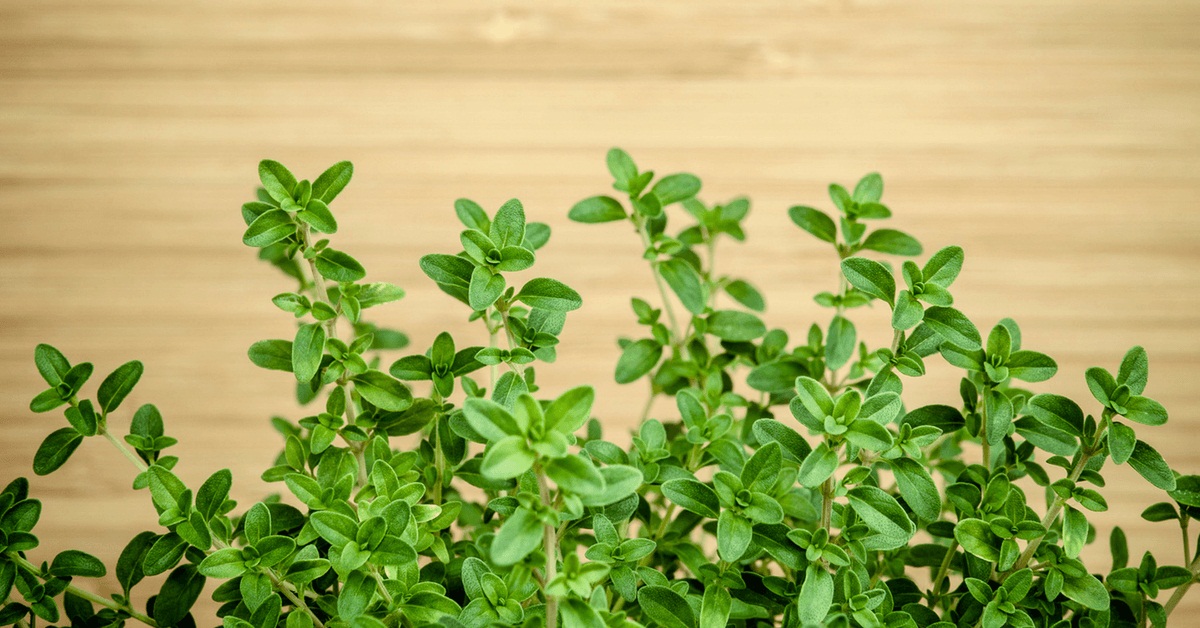
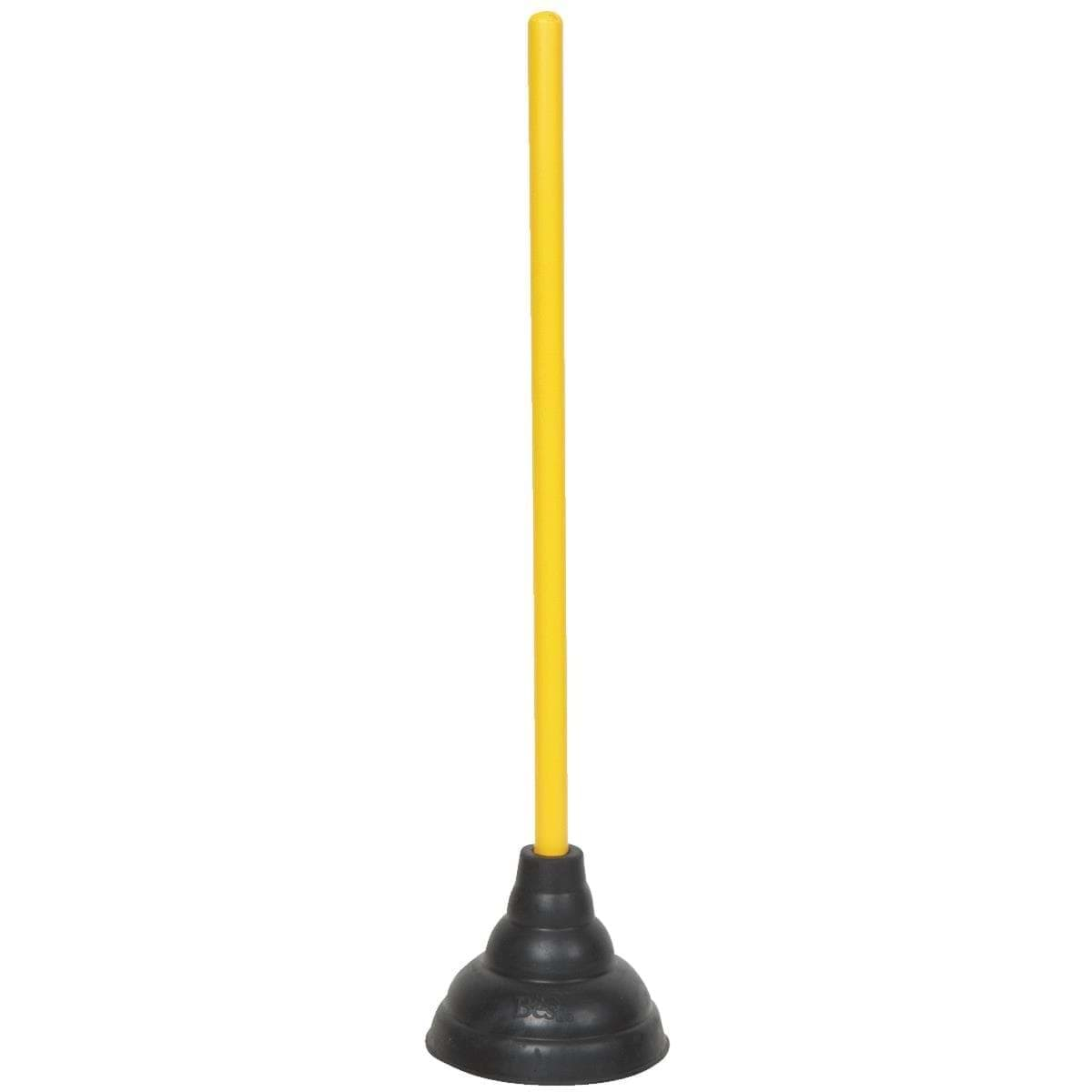

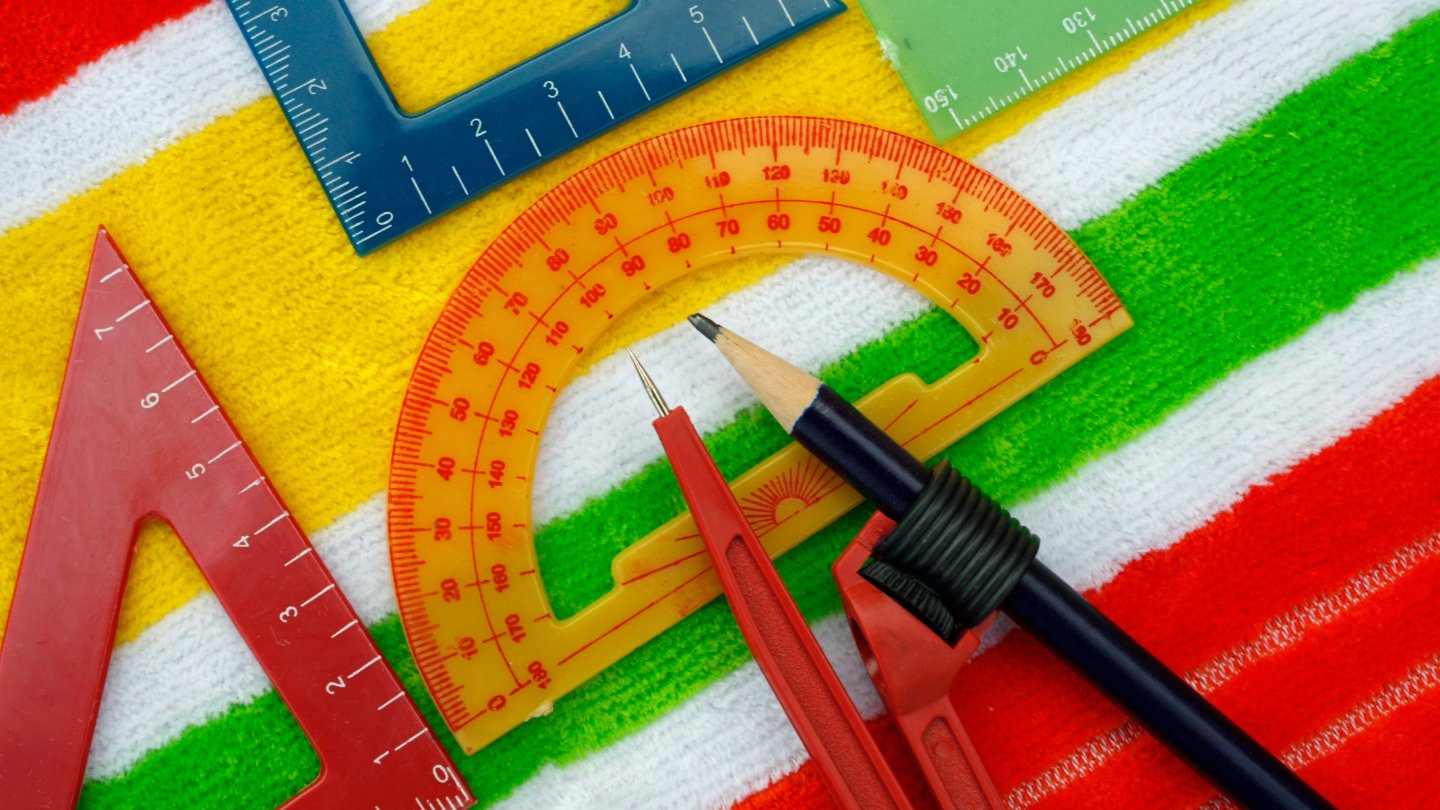
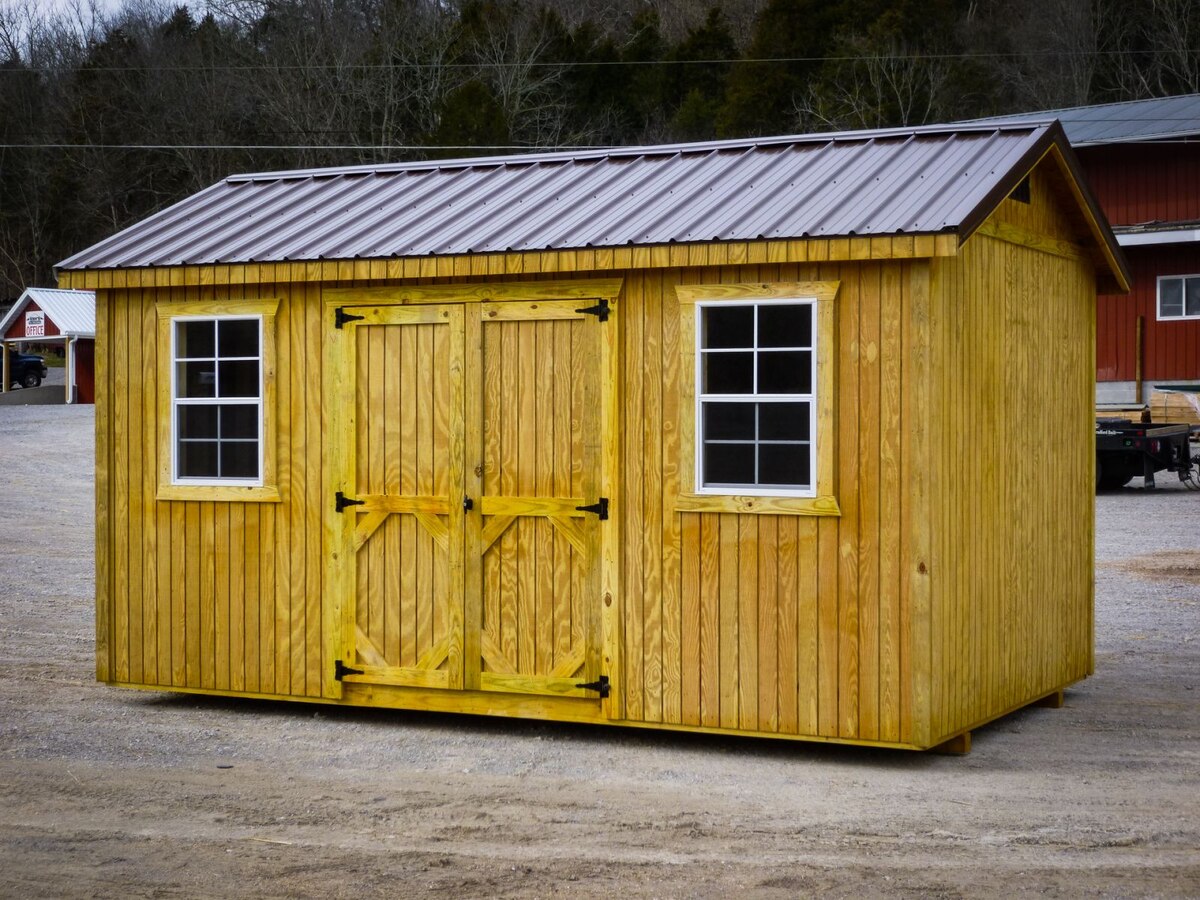


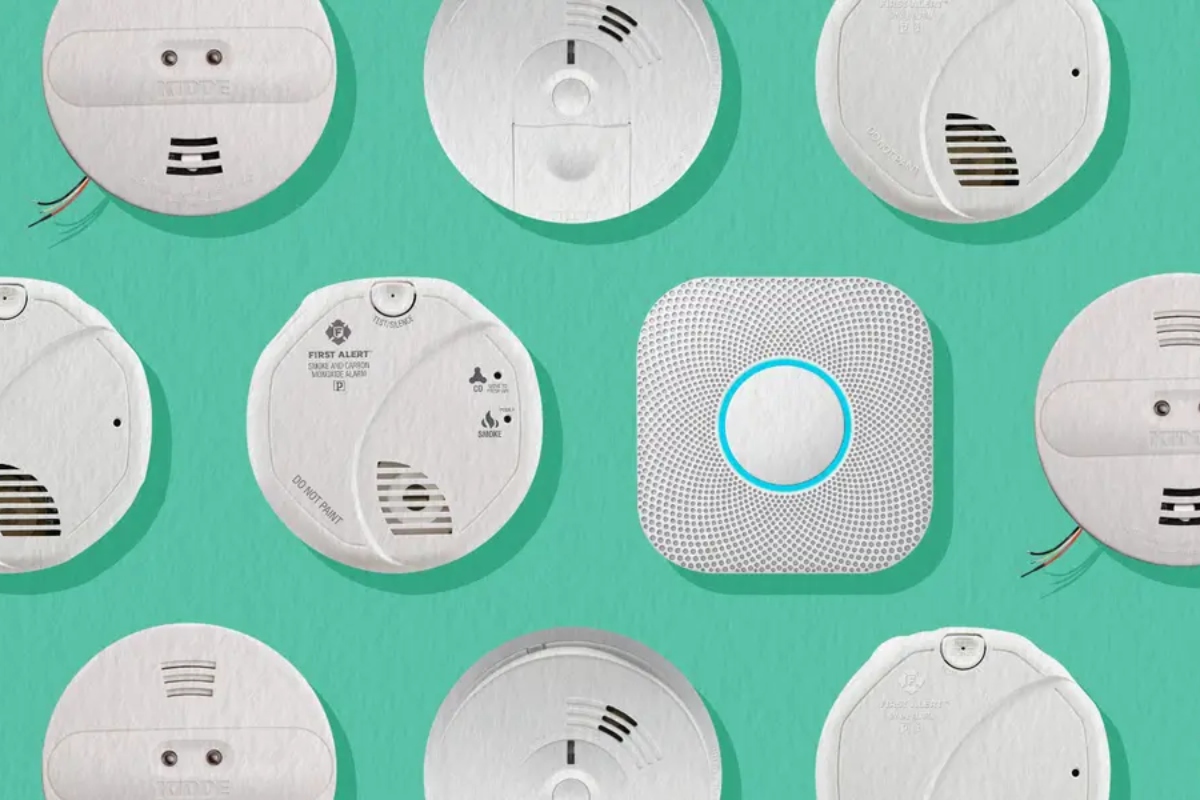


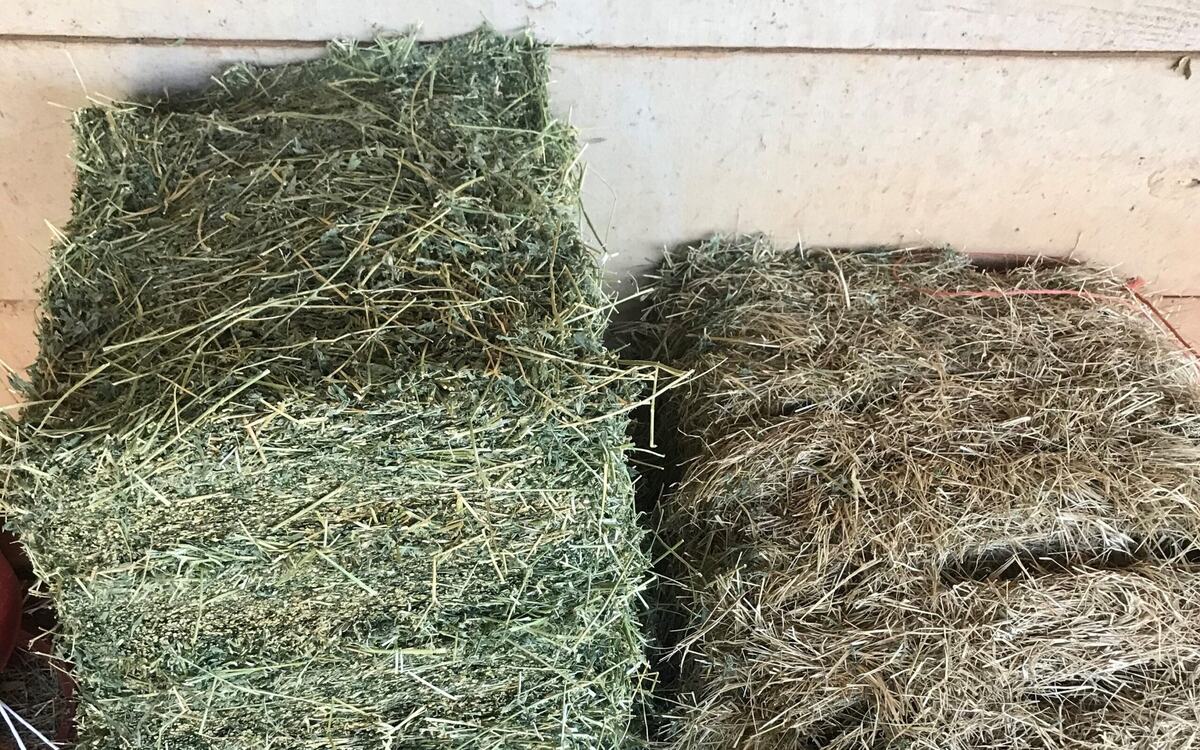
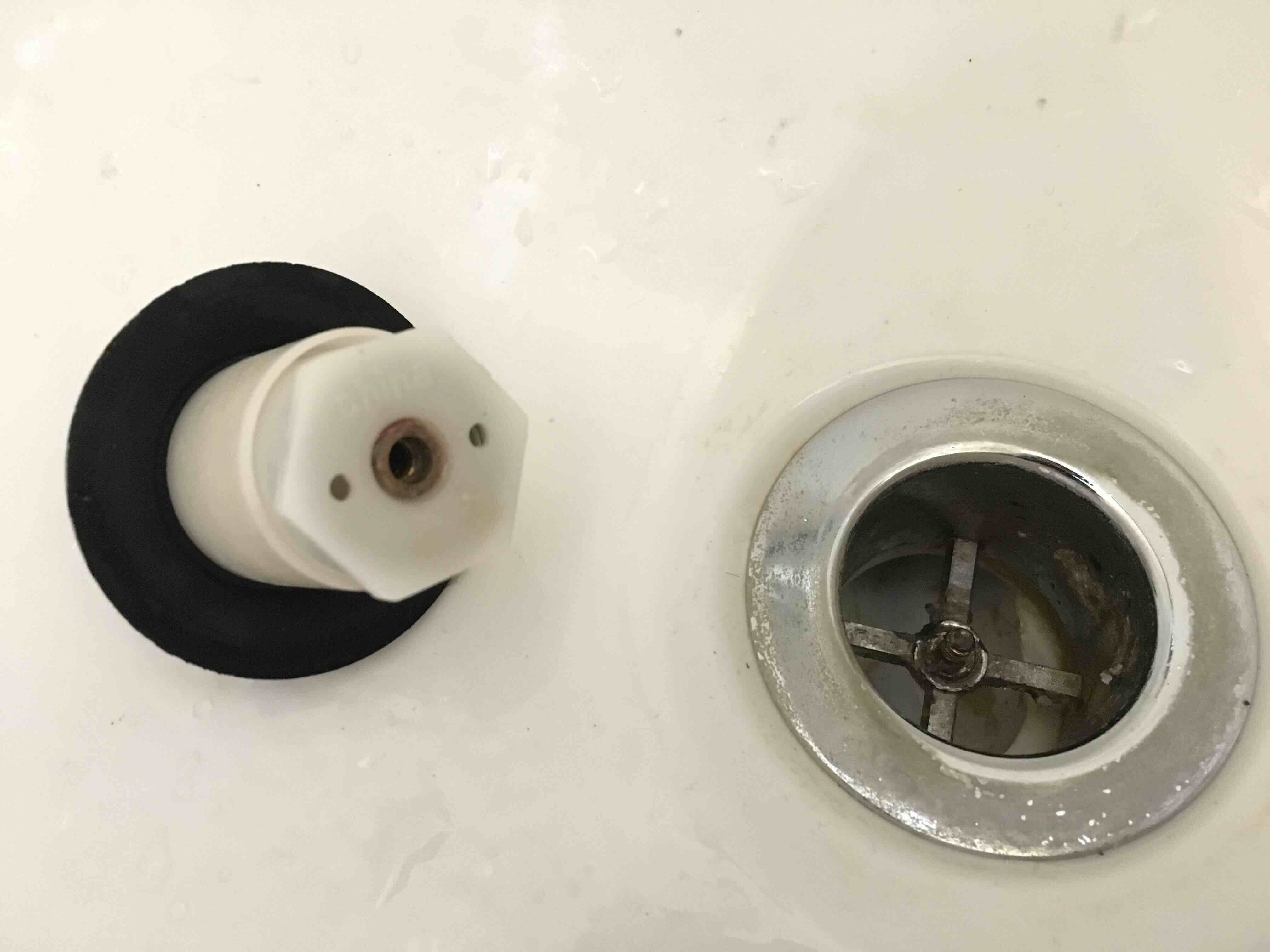
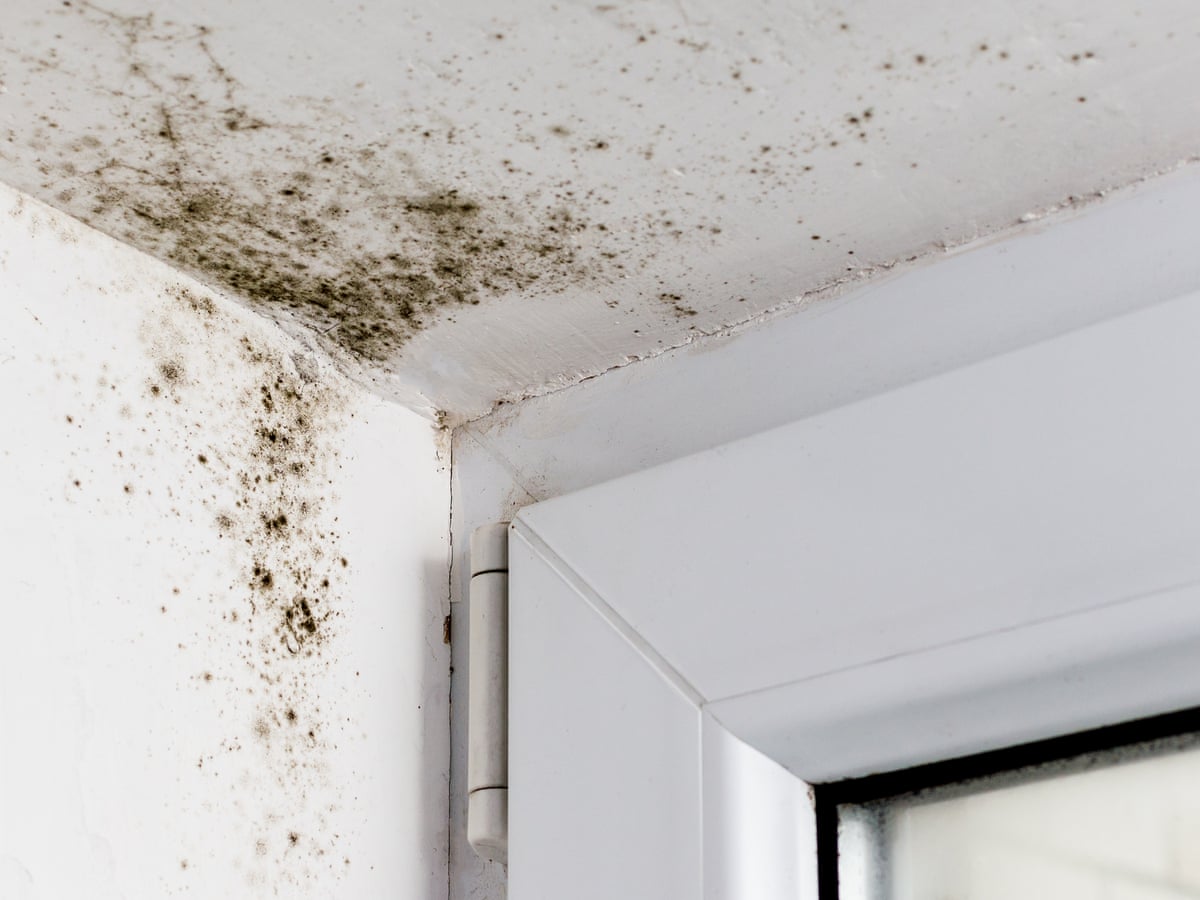
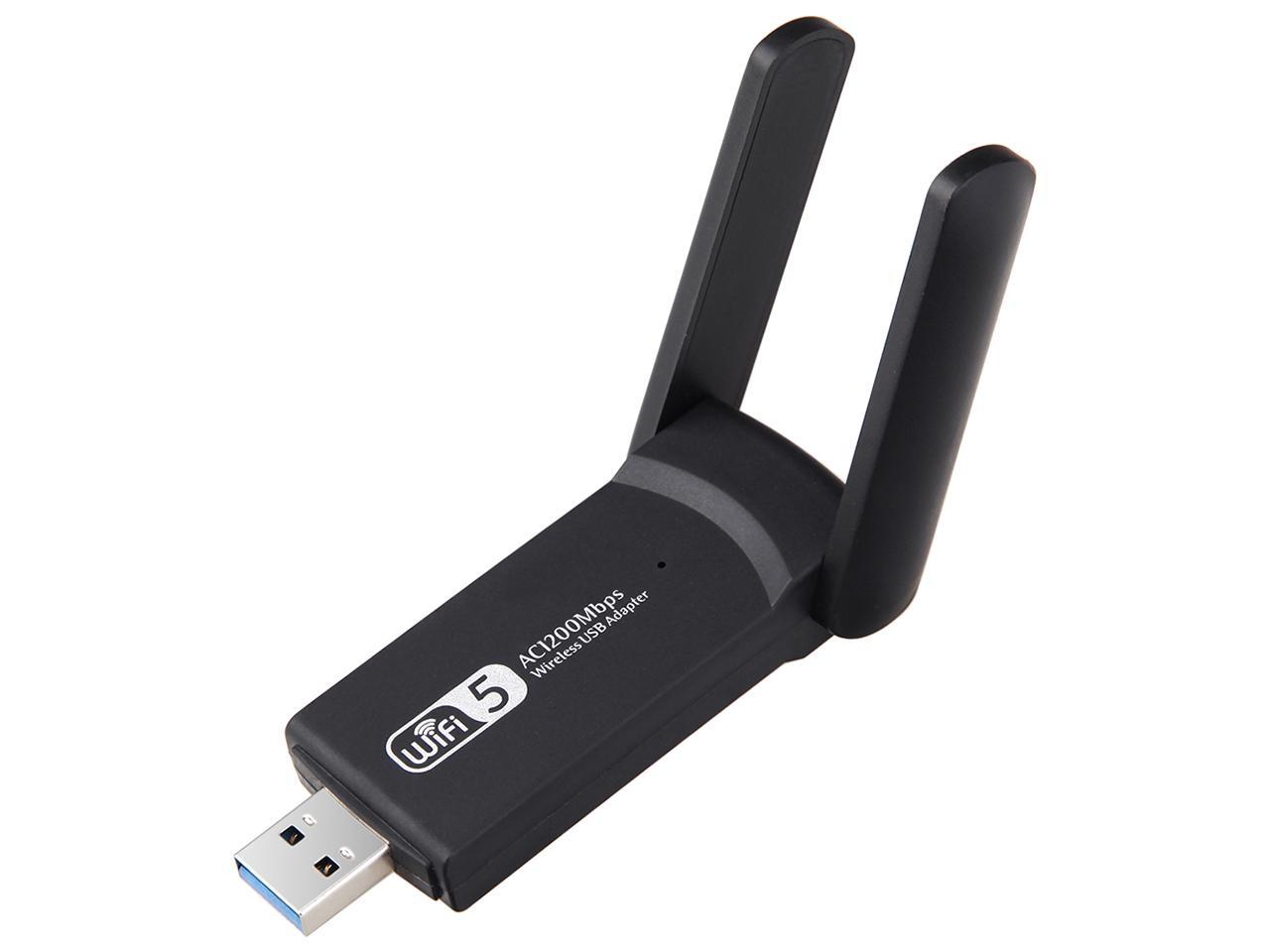

0 thoughts on “What Does A Mop Look Like”